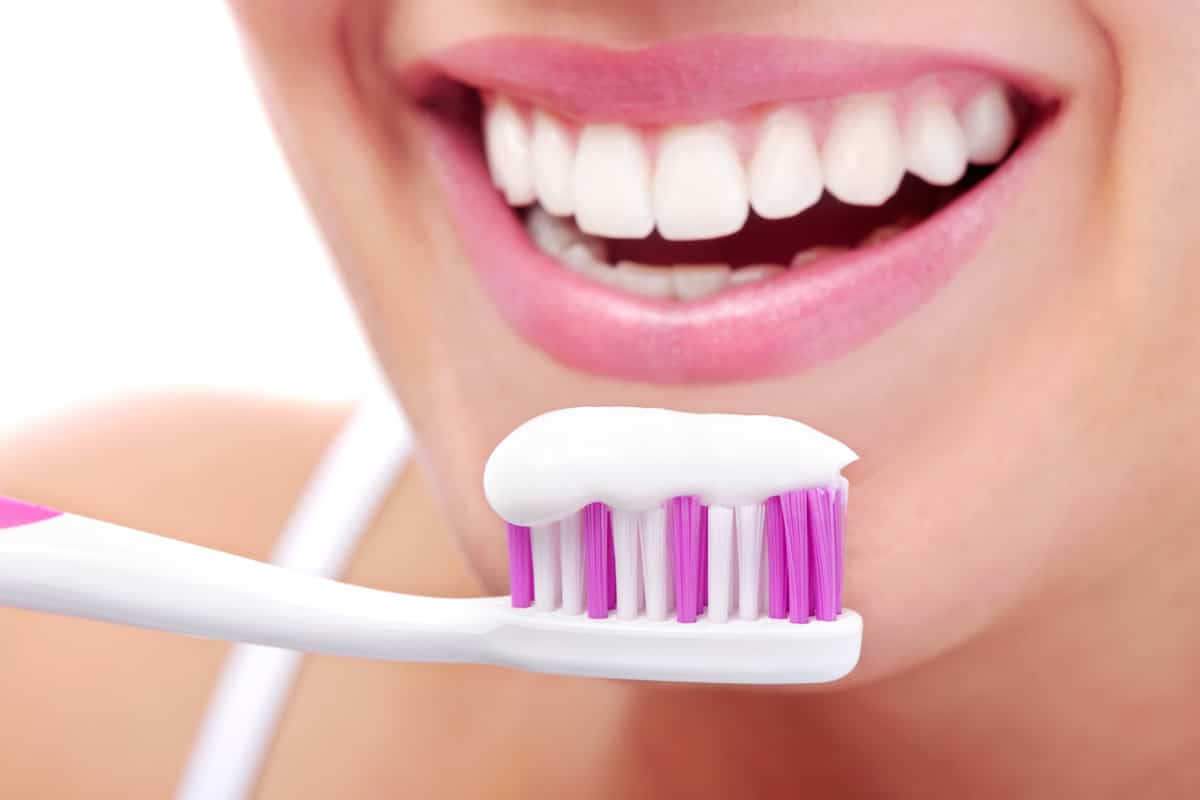Advances in Esthetic Tooth Whitening
Tooth whitening is a dynamic process initiated by the movement of the active ingredient through the tooth structure, where it interacts with stain molecules and induces micromorphologic alterations on the tooth surface—and within the tooth—to affect the dentition’s optical properties.

Advances in Esthetic Tooth Whitening
Tooth whitening is a dynamic process initiated by the movement of the active ingredient through the tooth structure, where it interacts with stain molecules and induces micromorphologic alterations on the tooth surface—and within the tooth—to affect the dentition’s optical properties. The continuous advances in whitening materials and techniques reflect the efforts of the dental profession and industry toward preserving tooth structure and enhancing esthetics. How much do you know about the latest in tooth whitening?
Photo Credit: mihailomilovanovic/E+

Tooth Color
Tooth color is primarily determined by the reflectance of the dentin, modified by the absorption, scattering, and thickness of the enamel. Tooth color varies among individuals, among teeth in the same individual, and even within the same tooth. Furthermore, tooth color is not constant over a lifetime, and can change for various reasons.
Photo Credit: Remains/ISTOCK/GETTY IMAGES PLUS

Whitening Toothpastes
Whitening dentifrices may contain peroxide, enzymes, citrate, pyrophosphates, and hexametaphosphates to augment the cleaning and/or prevention of stains. Extensive research has been conducted in optimizing the stain removal potential of dentifrice abrasives, while minimizing any deleterious wear effects to the tooth surface. A study comparing dentifrices showed that, with few exceptions, dentifrices marketed as whitening products were generally more abrasive to dentin, especially those containing silicas.
Photo Credit: Moncherie/E+

Do-It-Yourself Whitening
Do-it-yourself (DIY) whitening treatments include rubbing crushed strawberries, apples, or activated charcoal on teeth. The use of DIY whitening with strawberries has been investigated in vitro and compared with conventional whitening modalities. At 3 months post-whitening, the DIY group showed an overall tooth color change similar to the negative control. The group who received professionally applied in-office whitening experienced the greatest overall color change.
Photo Credit: Sanny11/ISTOCK/GETTY IMAGES PLUS

Over-the-Counter Whitening Strategies
Over-the-Counter OTC whitening products provide consumers with a variety of materials and delivery methods, typically at less cost than in-office or professionally dispensed, at-home whitening therapies. Among the systems available, strip technology generally contains H2O2 as the active ingredient. In concentrations not exceeding 10%, it has been reported to be safe and effective.
Photo Credit: AaronAmat/ISTOCK/GETTY IMAGES PLUS

Professionally Dispensed Whitening Options
Dentist-dispensed, patient-applied home whitening allows proper diagnosis, treatment planning, and professional supervision. It is relatively easy to perform, and may be less expensive than in-office whitening. Initially, it was used with 10% carbamide peroxide during nighttime bleaching sessions. More recently, H2O2 products with a concentration of 7.5% to 9.5% have been introduced for individuals who cannot tolerate wearing trays at night. Active time ranges from 30 minutes to 60 minutes and it can be applied during the daytime.
Photo Credit: scyther5/ISTOCK/GETTY IMAGES PLUS

In-Office Approach
In-office whitening is the initial form of tooth whitening, and is performed with H2O2-based materials at concentrations of up to 40%. It is an alternative for patients who cannot tolerate trays, or who desire an instant whitening outcome and prefer to have the procedure performed in the office. A study that evaluated the time required to achieve a six-tab difference on a Vita Classical shade guide found that in-office whitening produced the fastest results, followed by professionally supervised at-home whitening.

